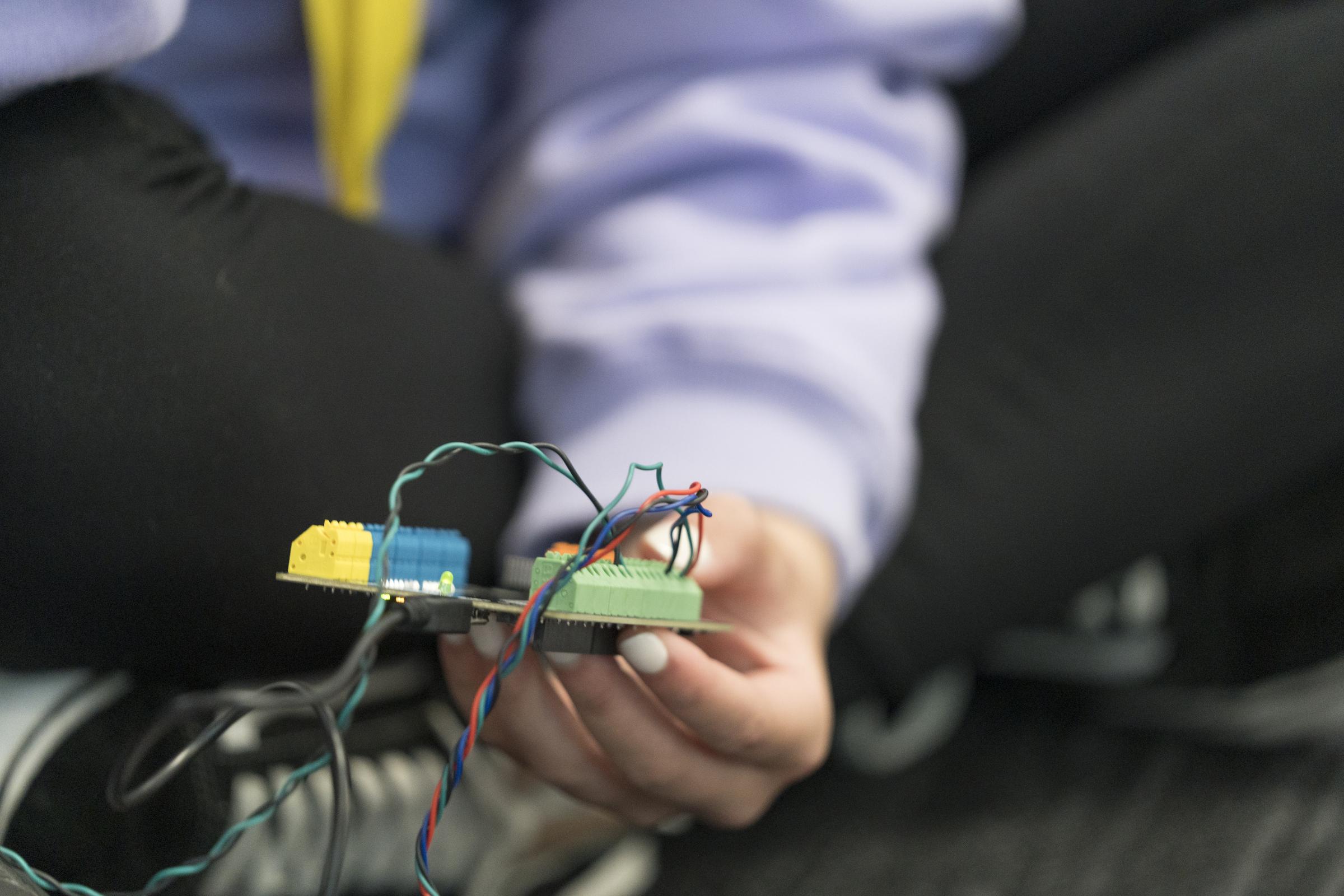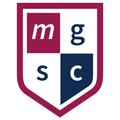Technology

Year 9 students are required to select at least one subject from the Arts and Technology subject areas.
This learning area covers:
- Digital Technology (technology, coding, 3D printing)
- Materials (textiles, food and wood)
- Systems (mechanics & electronics)
Strand | Unit |
Digital Technologies | Next Gen Design (3D Printing, coding & VR) |
Design Technologies Electives | Product Design: Textiles & Plastics |
Product Design: Wood & Metals | |
International Foods & Culture |
Next Gen Design – 2D - 3D for real-world solutions
Aim
Next Generation Design is an elective that will expose students to 21st Century design skills with both hardware and software. Students will build skills in creativity, collaboration, critical thinking and communication.
The focus of this course is to solve a real world problem using emerging technology and the Design Thinking process.
The course seeks to develop skills in research, design, engineering, technology and ‘hands-on’ construction.
Content
Students will:
- Explore how Virtual Reality (VR) can simulate environments to better understand user needs, empathy-driven design, and human-centered problem solving.
- Learn to design functional 3D models using basic CAD (Computer Aided Drawing) software such as TinkerCAD and Fusion 360.
- Prototype and create a 3D printed or laser cut product to address a user-identified need. Examples could include assistive devices, ergonomic tools, artistic sculptures, organisational aids, or hobby-based gadgets.
- Investigate how basic electronics, coding, and mechanical components (like motors) can add functionality to prototypes.
- Compile a digital portfolio showcasing research, sketches, iterations, design choices, and reflections on the design process.
Assessment
Students will be assessed on their investigation and design development, the quality and function of their final prototype, and their demonstration of creativity, collaboration, critical thinking, and communication throughout the project.
Product Design: Textiles & Plastics
Aim
In this unit students have the opportunity to learn about Sustainability, the design process and integrating digital technologies into product design.
This unit extends the students’ knowledge of equipment, materials and construction techniques used with rigid and non-rigid materials. Students will then be able to design and make their own products using textiles, plastics and digital technologies. Students will work on a number of projects that will extend their practical skills in fashion design and technology.
Content
Students will develop designing and making skills:
- Experience with specialist equipment: sewing machines, overlocker, 3D printer, laser cutter, etc.
- Research and design assignment .
- Method and material trials with evaluations.
- Design Folio: Technical drawing and production planning.
- Practical work: Construction of a product.
Assessment
Students will be assessed on their investigation, design development, production, final products and evaluation. This work will be documented in a digital design folio.
Special Conditions
Students will be required to provide the following items to complete the course:
- Fabric and specialty materials for construction of their finished product.
Product Design: Wood & Metals
Aim
In this unit students have the opportunity to learn about Sustainability, the Design Process and integrating digital technologies into product design. This unit extends the students’ knowledge of equipment, materials and construction techniques. Students will then be able to design and make their own products using textiles, plastics and digital technologies. They will work on a variety of projects that will extend their knowledge and skills in fashion design and technology.
Content
Students will develop designing and making skills:
- Experience with specialist equipment: soldering torch, drills, engravers, laser cutter, etc
- Research and design assignment
- Prototyping with evaluations
- Design Folio: Research and Technical drawing
- Practical work: Construction of products
Assessment
The students will be assessed on investigation and design development, as well as their final production work. A folio will be assessed for the generation, development and evaluation of the effectiveness of the product. A research assignment will examine the features of sustainable design.
International Food
Aim
Students broaden their knowledge of foods from other countries and cultures. Students will learn how to develop food products from a variety of cultures and learn the historical norms behind each cuisine, whilst being aware of the sustainability needs of the future.
Content
Students will focus on demonstrating their knowledge and understanding of a variety of countries, cultures and their cuisines. Students will safely and hygienically prepare, produce and present a wide variety of foods, demonstrating the cultural cuisine of each country studied in class.
Assessment
Productions and classwork
